Creating A Social Media Strategy: Why Smart Companies Start Here First.
“Everyone else is on Instagram – we should be too.” I hear this all too often. And sadly, so many companies, large and small, jump onto the social media bandwagon without much thought or planning. The “throw it on the wall and see if it sticks” mentality runs rampant in the social world. Many businesses approach social media with a haphazard mindset and no clear social media policy in place. No policy, no plan, no strategy… just presence. And of course social media is expected to turn a positive ROI or forget about it, right?
Wrong. Too many companies apply this backwards approach to their social media efforts. By taking a step back and investing appropriate time into the development of a realistic social media strategy, companies can realize greater effectiveness and success utilizing social platforms. Here are a few guiding principles to keep in mind as you develop a social media strategy for your organization.
The Heart of your Social Media Strategy and Plan… S.M.A.R.T. Goals and Objectives
If you don’t start with what you are trying to achieve, then how can you measure success? This is the “why” of your social media strategy. Be as specific as possible when defining your social media objectives and goals. Use the S.M.A.R.T. approach – keeping your goals Specific, Measurable, Attainable, Realistic and Timely. Hone in on why you are investing valuable time and resources into social media and what your desired outcome is. There are many reasons to adopt a social media strategy:
– Generate Leads and/or Sales
– Improve SEO & Search Rankings
– Public Relations
– Drive Website Traffic
– Customer Service / Customer Care
– HR / Recruiting / Employee Relations
– Increase Customer Engagement
– Increase Customer Loyalty / Brand Advocates
– Raise Awareness of your Brand / Culture / Products/ Services
– Identify New Product Opportunities
Whatever your reason(s), it is pertinent to keep in mind that social is a unique channel. Your strategy should be based on a customer centric approach…it all starts with your audience – and understanding their needs and wants and crafting your strategy around them. Try to start with one overarching goal and then work your way into more multi-layer approaches. Be realistic in your expectations and understand that social media is not a guaranteed silver bullet.
It’s Ok to Start Small…Grow into Your Social Being by Staying Focused
Don’t start off trying to be everything to everyone. Keep in mind, you don’t need to be on every social platform out there – you just need to be where it matters… in other words, where you audience is! Start with your priority platforms, test out your strategy, and build out your social media plans based on your audience wants and needs. This is the most important element. Knowing your audience.
You must understand your target audience demographics, social behaviors and likes/dislikes. A purposeful social media strategy is one that is created for your target audience. Give them what they want and engage with them on the things that matter most to them. You have to learn to be social with your audience on their terms.
It’s often helpful to create personas for your ideal customers. Outline who they are, what they need, what their pain points are and how you can solve their problems. Be unique in how you provide information, entertainment and solutions to your core target audience. Keep your social interactions manageable by focusing on 1-3 platforms at the get-go. Grow into your social being!
Social Flexibility… Your Plan Should Be Fluid
We live in a real-time world where technology, innovations, competitors and customer tastes can change the social landscape in an instant. The only thing constant in social media is… change! Platforms evolve, policies are updated and the look and feel of a newsfeed or story can morph at any given time. Your strategy (and your mindset) must be nimble to adapt to both internal and external changes.
Building your social media strategy similar to the agile methodology in project management will allow you the flexibility to adapt to changes quickly and effectively. If something absolutely isn’t working in your plan, adapt and make the necessary changes to better achieve your objectives and better engage with your audience. You should review your plan often and update it to accommodate for both large and small changes in the landscape. Be sure to communicate updates to the plan to your entire team so that everyone is on board.
Know your Capabilities… Be Realistic
Executing your social media strategy takes time, resources and yes, money. Don’t make your plan loftier than your resources and capabilities. Understand who and how you will implement your strategic initiatives and budget appropriately. Stay within your swim lanes when it comes to your social activity. Again, attempting to be on every social platform will burn you out quickly if you don’t have the right resources, tools and team to stay active and engaged.
That said, you should continuously test the waters in terms of new content, new messaging, new formats, new platforms to see how your target audience responds. We like to call this the ABT method – Always Be Testing. If you don’t try, you won’t know. Keep testing simple and straightforward. You may fail, but at least you will fail forward.
Measurement is a Must-Do… Track to Your Stated Objectives
Plan what you want to measure, how you will measure, how often you will measure and who will be responsible for this within your organization. There are many elements of a social media strategy that can be measured…and multiple tools that can assist in tracking, monitoring and measuring results (Google Analytics, Facebook Analytics, Twitter Analytics, etc.). Just be sure you are measuring what matters most. Remember that first part about identifying your social media goals and objectives in your strategy? Well, figuring out how you will measure against those stated goals and objectives should be your top priority. It’s the best indication of “what matters most.”
It’s helpful to establish a regular drumbeat for tracking and measuring data by creating weekly/monthly/quarterly reports to analyze your results to plan. Track your Key Performance Indicators (KPIs) regularly and adjust your tactics where necessary if you aren’t meeting your stated goals.
Don’t Build a Social Media Silo… Integrate Social Media into Your Business and Marketing Plans
An effective social media strategy needs to be integrated with your overall business goals and objectives as well as your high level marketing strategy. A comprehensive social media marketing strategy incorporates elements of traditional marketing, SEO, content marketing, your website, blog, email marketing campaigns, etc. and is integrated fully into your overall marketing plans.
From a business perspective, yours social media efforts are often your first impression with potential customers, partners and investors and therefore needs to reflect the brand voice, tone and personality of your company. Your online and offline strategies should reflect your overall brand strategy and complement one another for maximum effectiveness.
The key is staying true to what your business stands for… this mission, vision and purpose shouldn’t change. It’s the common thread that is woven throughout your business activities including social media, marketing, sales, operations, customer service, product development, services, etc.
Track to a Timeline… Your Audience is Waiting
A comprehensive social media strategy can’t be created and implemented overnight. It will take time. Create a phased approach for development and deployment of your strategy. Then, define your goals for completing each phase. Establishing an overall timeline at the get-go will provide direction and focus to your efforts. It’s worth noting that your social media strategy does not have to be a 100+ page document that takes 3 months to compile (though for some companies… it could be!). Be smart about your approach, be realistic about your expectations, and set the stage for more robust and effective social interactions with your audience.
Your first priority is to establish your social profiles (or enhance current profiles) so they are accurate, complete and on-brand. Create your content strategy for each social platform, including original content, curated content, format and types. Don’t treat any two social platforms as identical. Your content must be catered to each platform and its unique nuances and characteristics. This takes more time…yes! But the impact will be much greater than simply sharing the same identical content piece across multiple platforms.
Be sure to include time for social engagement in your plan. Respond immediately to social media inquiries, reviews, negative comments, questions, etc. This is your biggest opportunity to make an impact. Be there when your audience has something to say.
Implement Your Ideas… Putting your Plan in Motion
Outline how, where and when will you execute your strategy as well as who is responsible for each element. This is where you really work out the details of your plan – what platforms to utilize, when to engage, how to engage, what/when to post, defining your tone and personality per platform, etc. Create a content marketing editorial publishing calendar in alignment with your goals and strategy. Be sure to include a social media policy within your plan to manage how you communicate, interact and handle crisis and/or unique situations.
Then, set your strategy in motion. It will take some time to build your audience, engagement and your social reputation. Consistency is key. Authenticity is vital. Relevance is imperative. And always remember, presence does not equal strategy… stay active, interactive and engaged.

Darcy Schuller is the Chief Digital Marketing and Brand Strategist at Suvonni, an innovative boutique digital marketing agency based out of St Petersburg, FL. As a leader in the digital marketing space, Darcy is passionate about helping clients build stronger brands through elevated customer engagement, social media marketing, content marketing and dynamic web experiences. Darcy is a respected marketing thought leader, speaker and consultant.

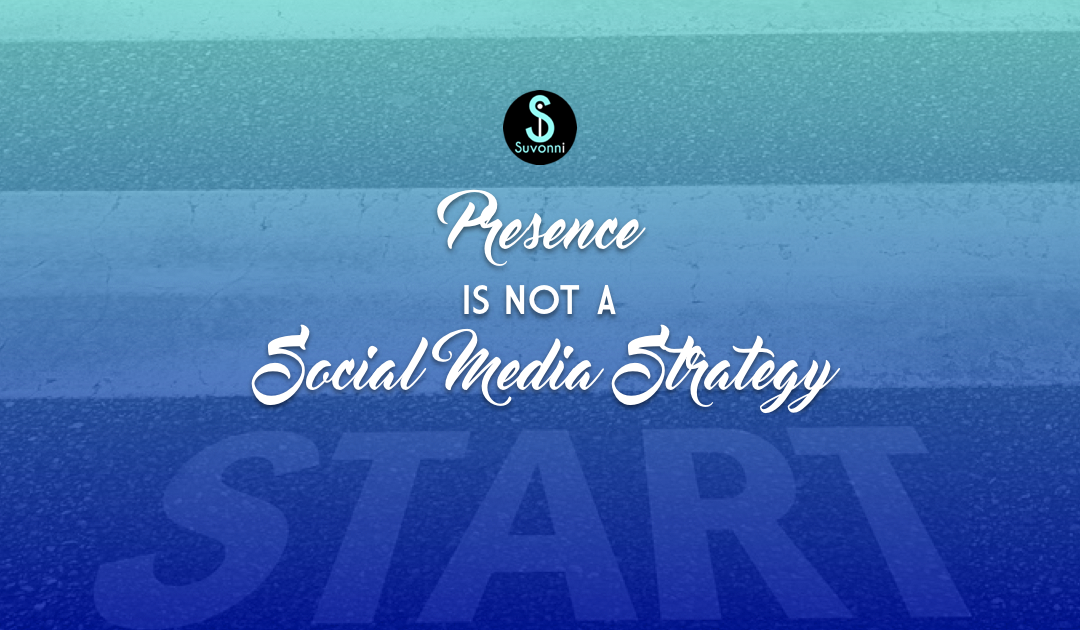

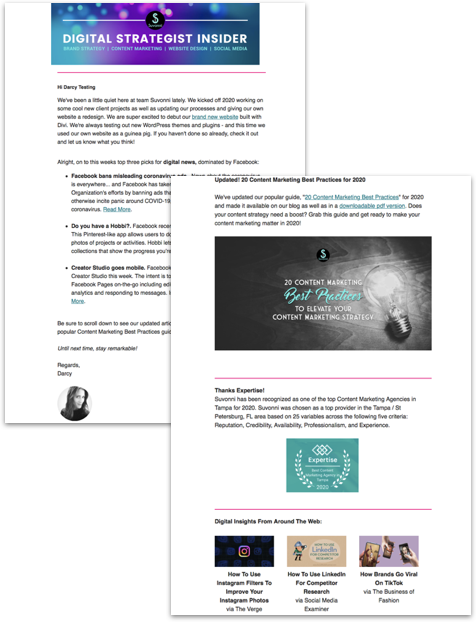
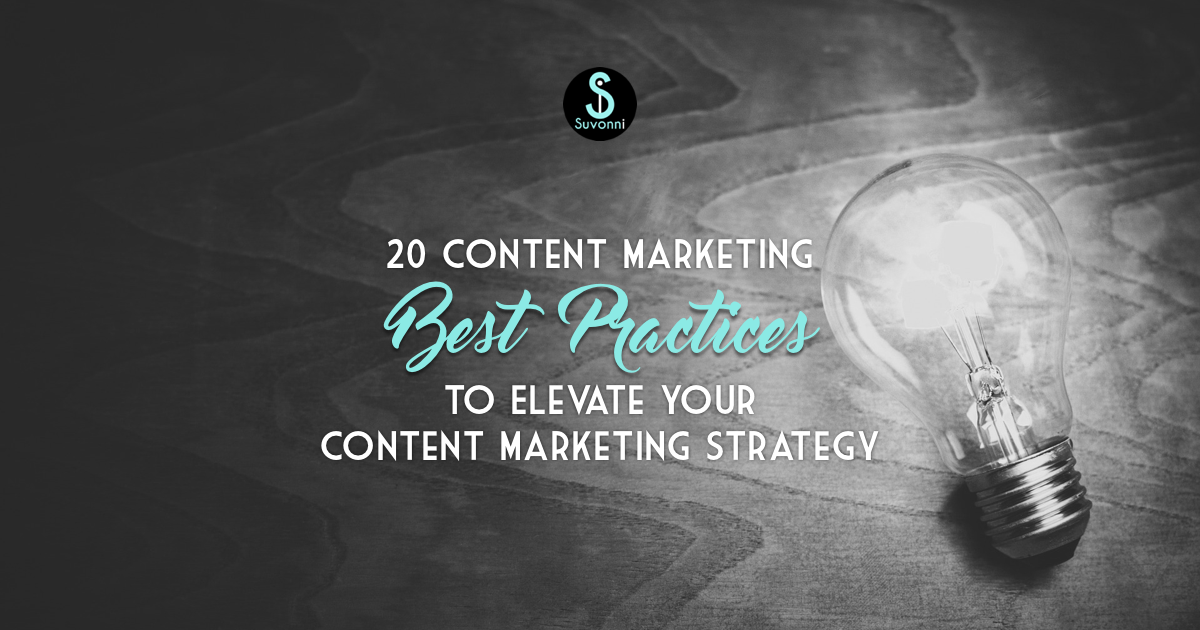
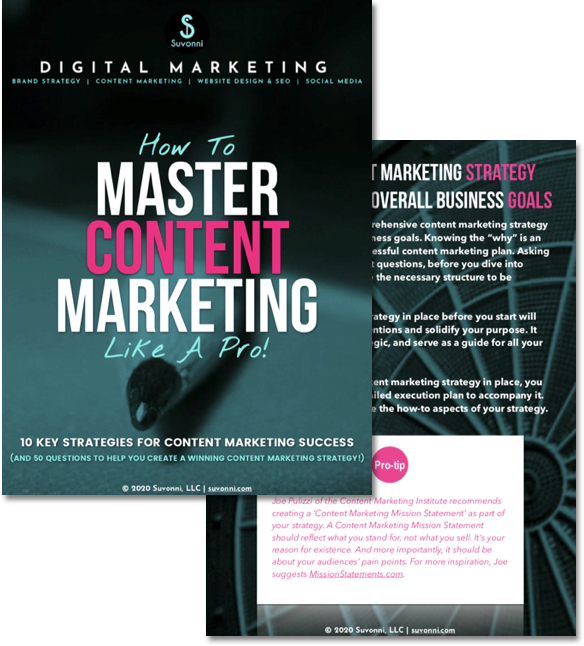

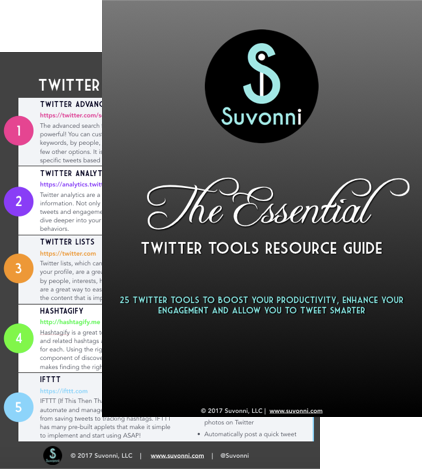
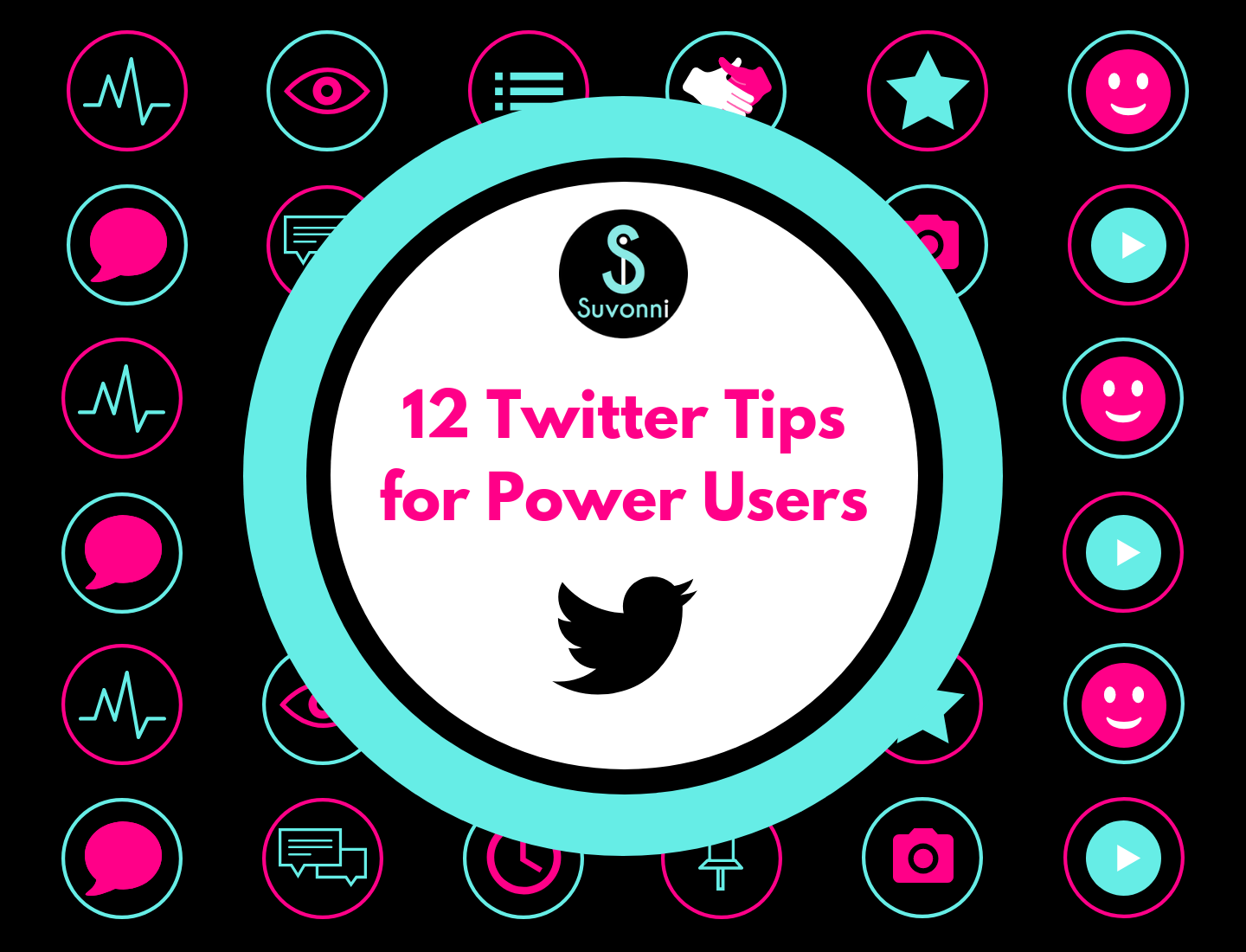

Trackbacks/Pingbacks